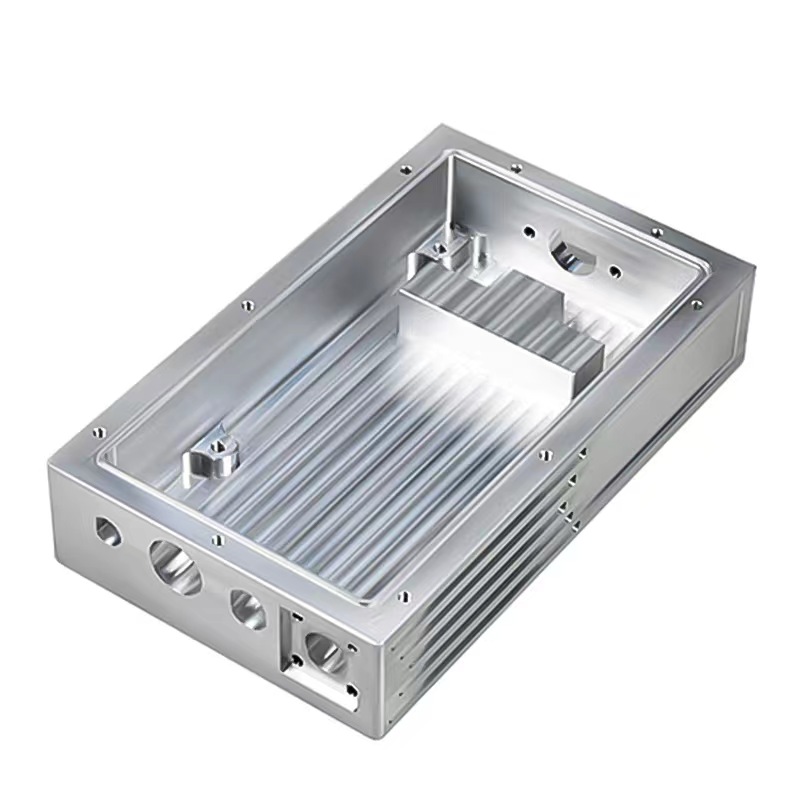Machinability is a material property that describes the relative ease with which a material can be machined. While it’s most often used for metals, it applies to any machinable material.
A material with above-average machinability demonstrates a few important benefits during machining:
Reduced tool wear, which extends tool lifetime and lowers operating costs.
Faster machining by accommodating higher cutting speeds.
Smoother cutting with less build-up for a higher-quality surface finish.
Lower power consumption while maintaining suitable cutting forces.
On the flip side, materials with poor machinability demonstrate the opposite qualities. They are harder on equipment and tooling, require more time to machine, and require extra effort to achieve a good surface finish quality. All of this means that materials with poor machinability cost more to machine than highly machinable materials.
A number of different physical properties influence machinability, including the hardness of a specific material, its tensile strength, its thermal properties, and much more. While knowing these other values can help a machinist or materials engineer predict the approximate machinability of a material, the only way to know for sure is through machinability testing.
1.Can You Improve Machinability?

How “machinable” a metal is influenced by both changes to the workpiece and changes to the machining process. If machinability is an obstacle to the design, one of the first questions should be, “Can we use a different material?” Even if that just means choosing a more machinable alloy instead of switching to a whole different metal.
But if the metal alloy cannot be changed, there are still options. Work hardening and certain heat treatments applied to a metal earlier in the production process can make it much harder to work with. As much as possible, fabrication methods and treatments that cause hardening should be done after machining. And if this isn’t possible, you can consider annealing the workpiece prior to machining to relieve internal stresses and soften the metal.
Outside of workpiece material, there are many factors affecting machining efficiency, such as the machining method used, coolant application, tooling, cut path, and more. By leveraging different types of equipment in a machine shop, like wire electrical discharge machining, you may be able to reduce fabrication times. Using tooling with a different design or made from different materials may accommodate higher speeds while improving tool life.
Improving machining efficiency without changing the workpiece is best done on a case-by-case basis. For example, while thermoplastics are soft, their properties make them difficult to machine without melting and binding to the tooling. Using a material with higher machinability is one option, but controlling temperature through special coolants and adjusting machining parameters can prove equally effective.
2.Efficient Processing for Hard-to-Machine Parts
Machinability is a key indicator of the time and cost of manufacturing a part out of any material. Workpieces with high machinability ratings are easier to produce, while less machinable materials need more time and expertise to process efficiently. In either case, a top-tier machine shop can often improve throughput while maintaining quality by adjusting its approach to reflect the specific materials and part designs.
We offers high-quality, cost-effective CNC machining services for a wide range of materials, regardless of machinability. Find out how we can improve the fabrication process for your next machined part.
Make Your Machined Parts With Us
Post time: Dec-21-2022






